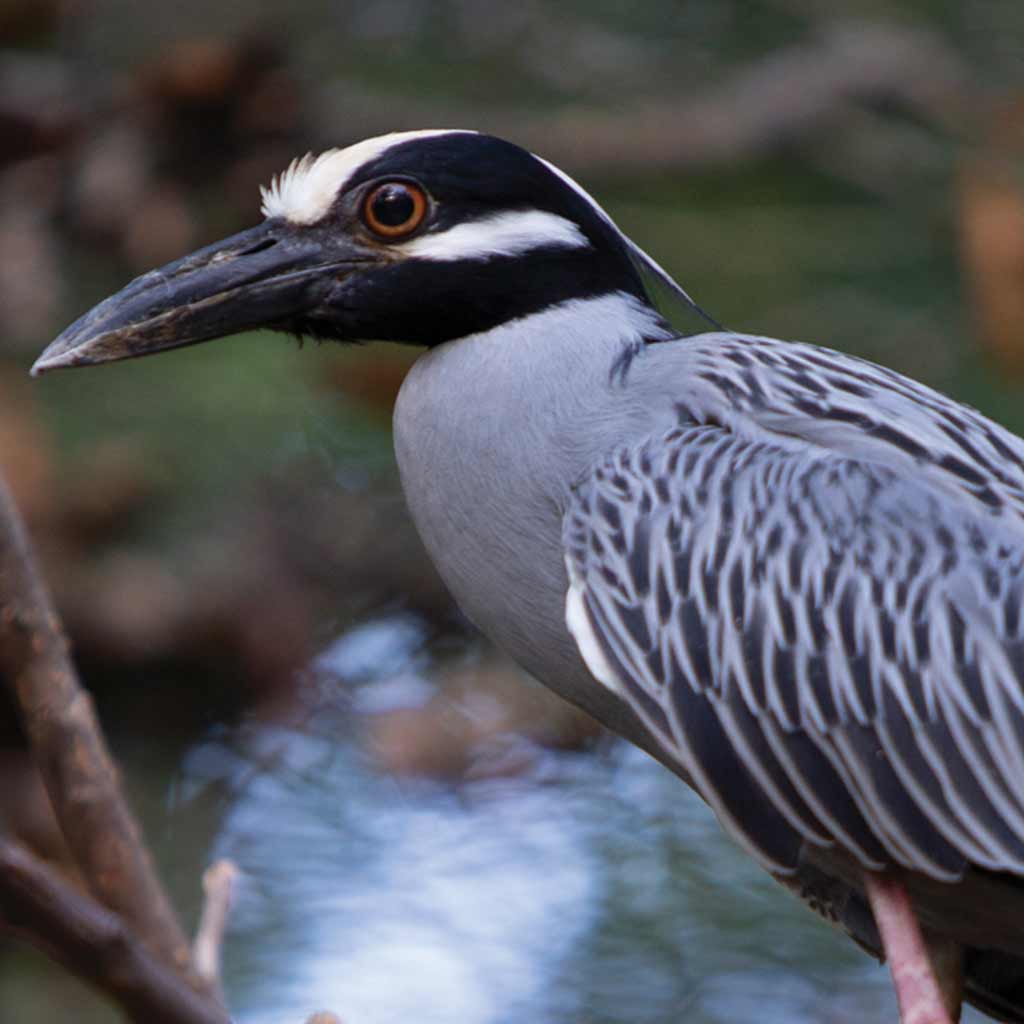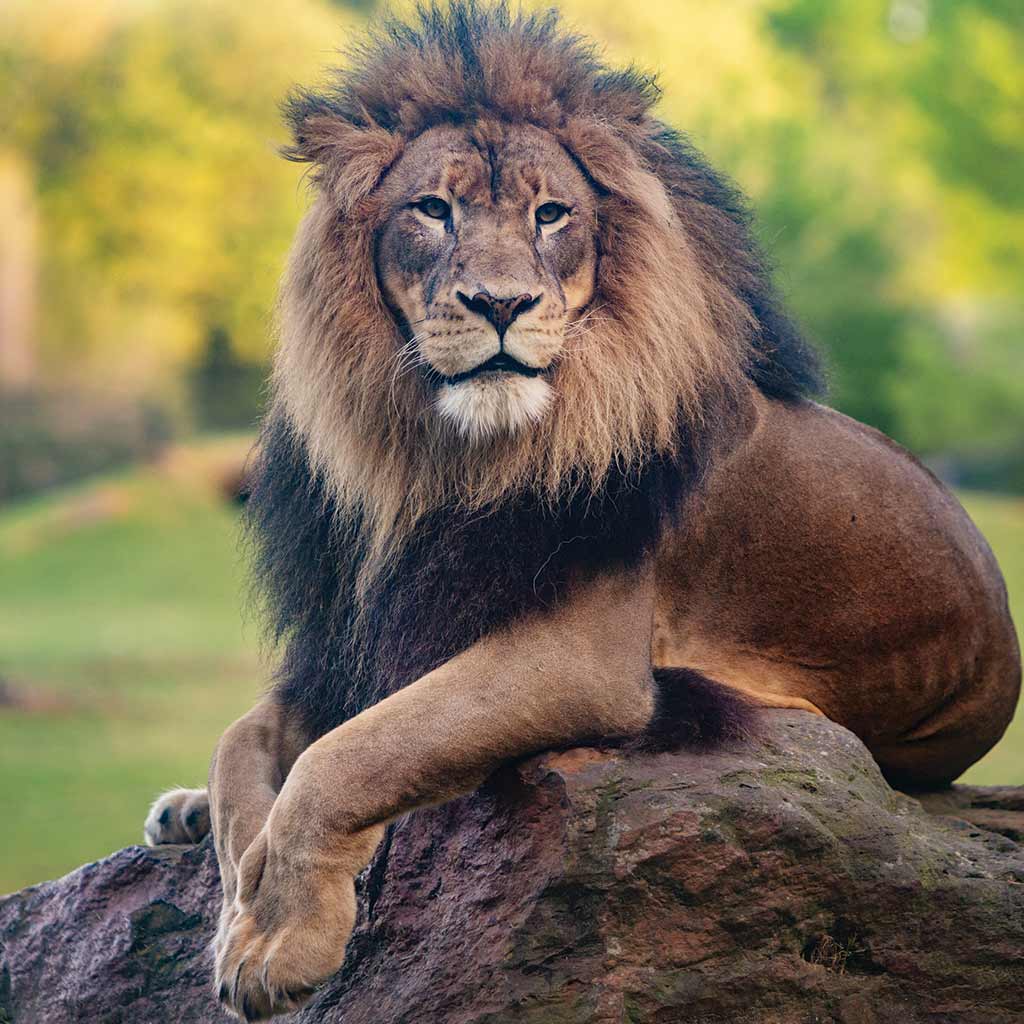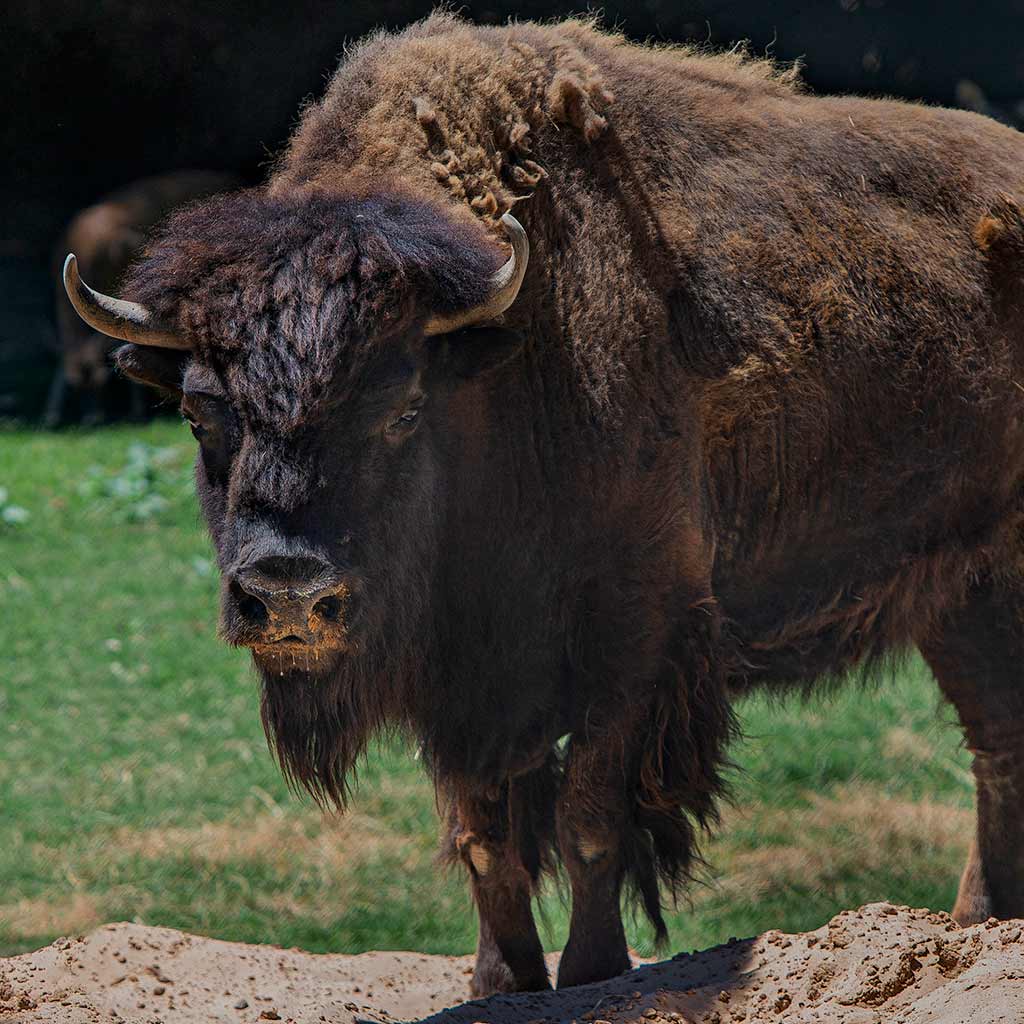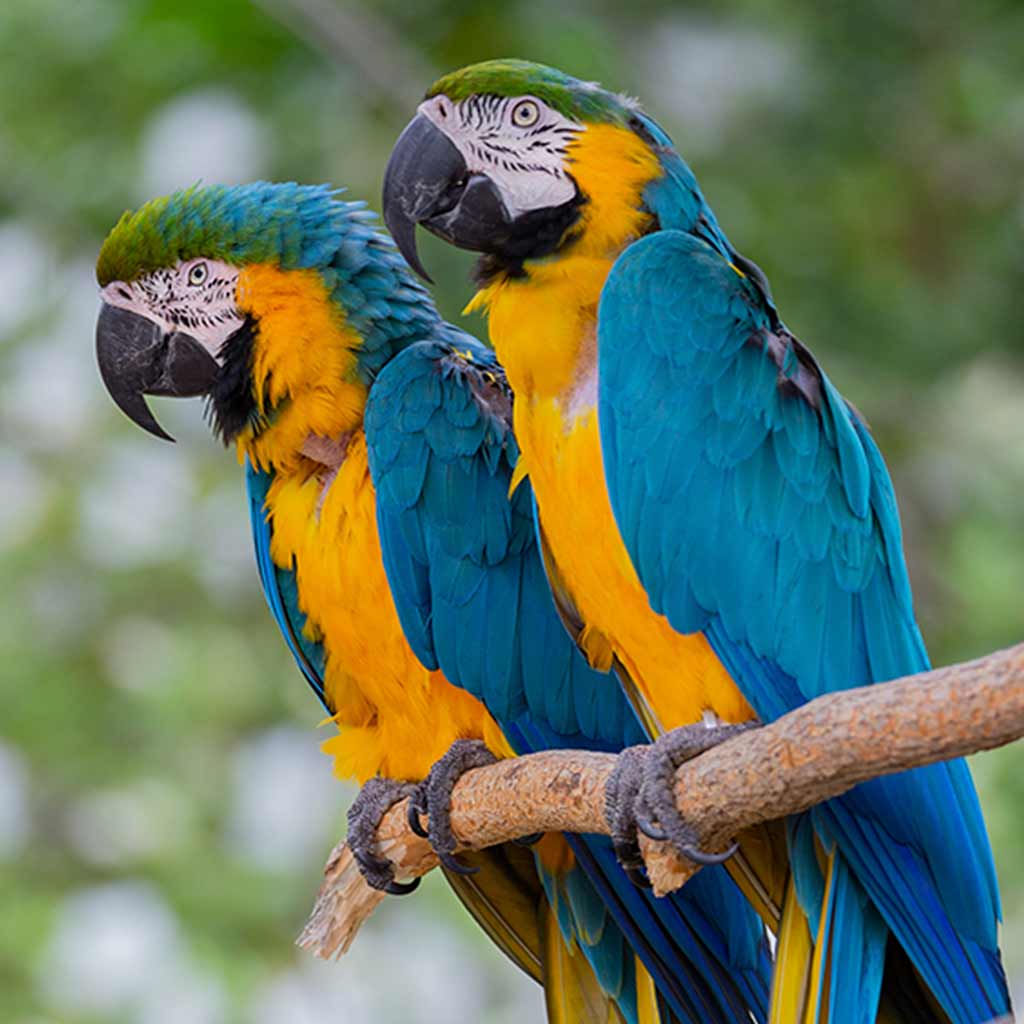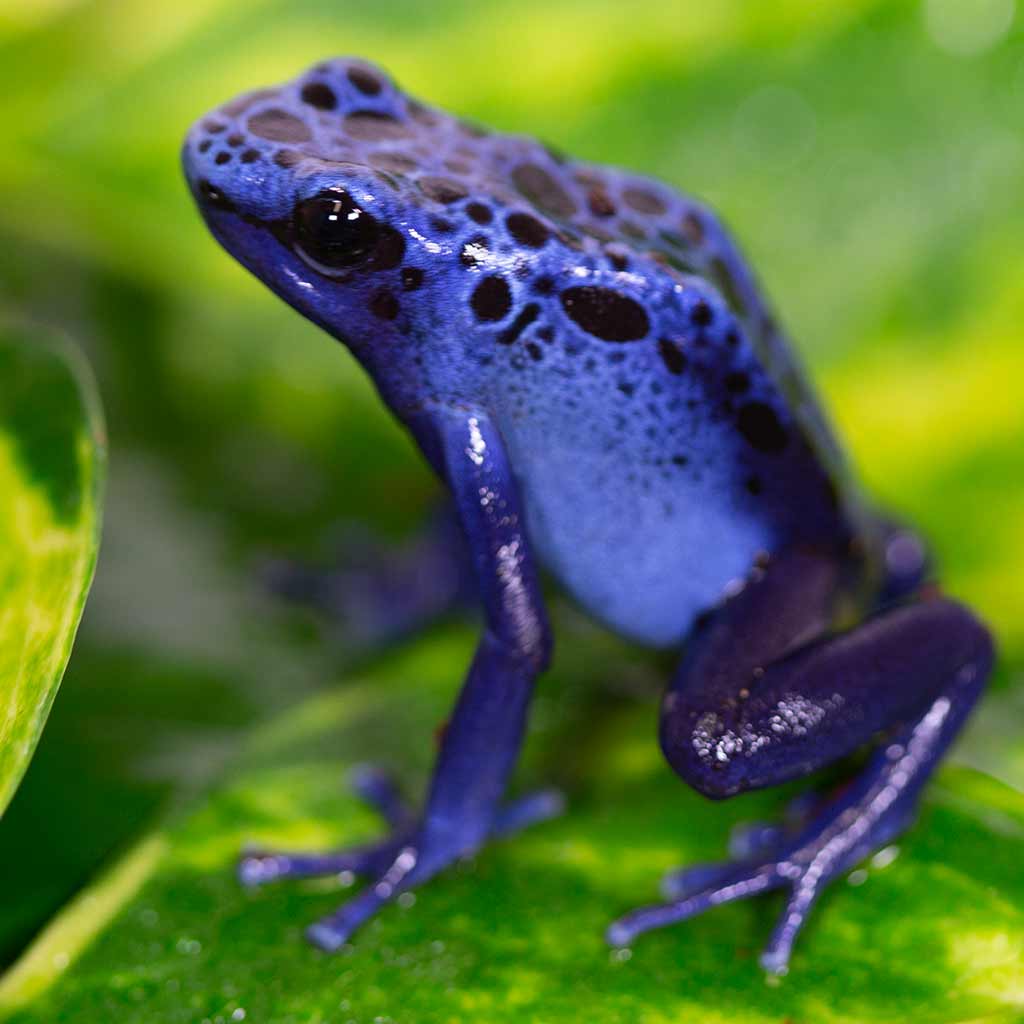-
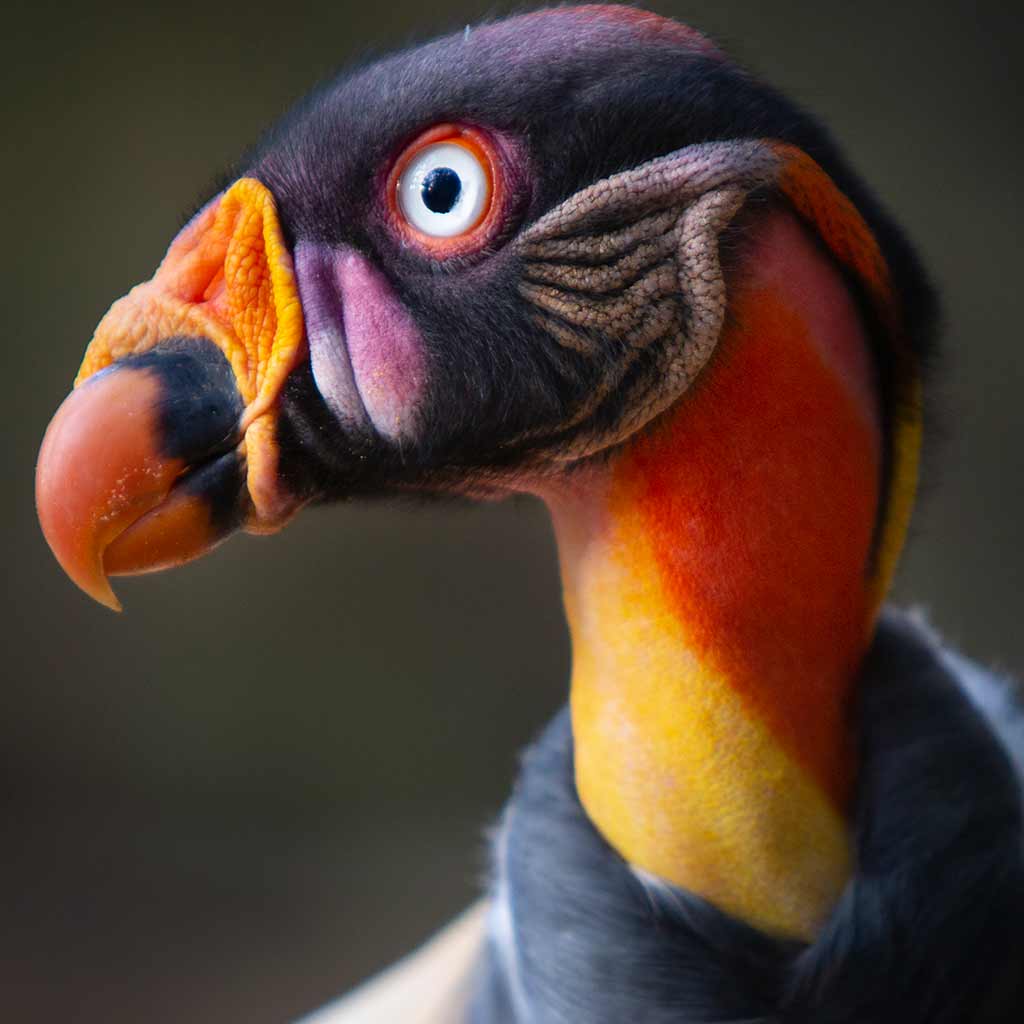 King Vulture(Sarcoramphus pap) With a wingspan stretching up to 7 feet, these natives of Central and South America are some of the largest vultures in the Western hemisphere. Like all scavengers, they feed on carcasses. Due to their sheer size, they often prevail over hungry members of other vulture species. Their featherless heads and necks are adaptive, too, preventing the spread of bacteria from the carrion they eat.
King Vulture(Sarcoramphus pap) With a wingspan stretching up to 7 feet, these natives of Central and South America are some of the largest vultures in the Western hemisphere. Like all scavengers, they feed on carcasses. Due to their sheer size, they often prevail over hungry members of other vulture species. Their featherless heads and necks are adaptive, too, preventing the spread of bacteria from the carrion they eat. -
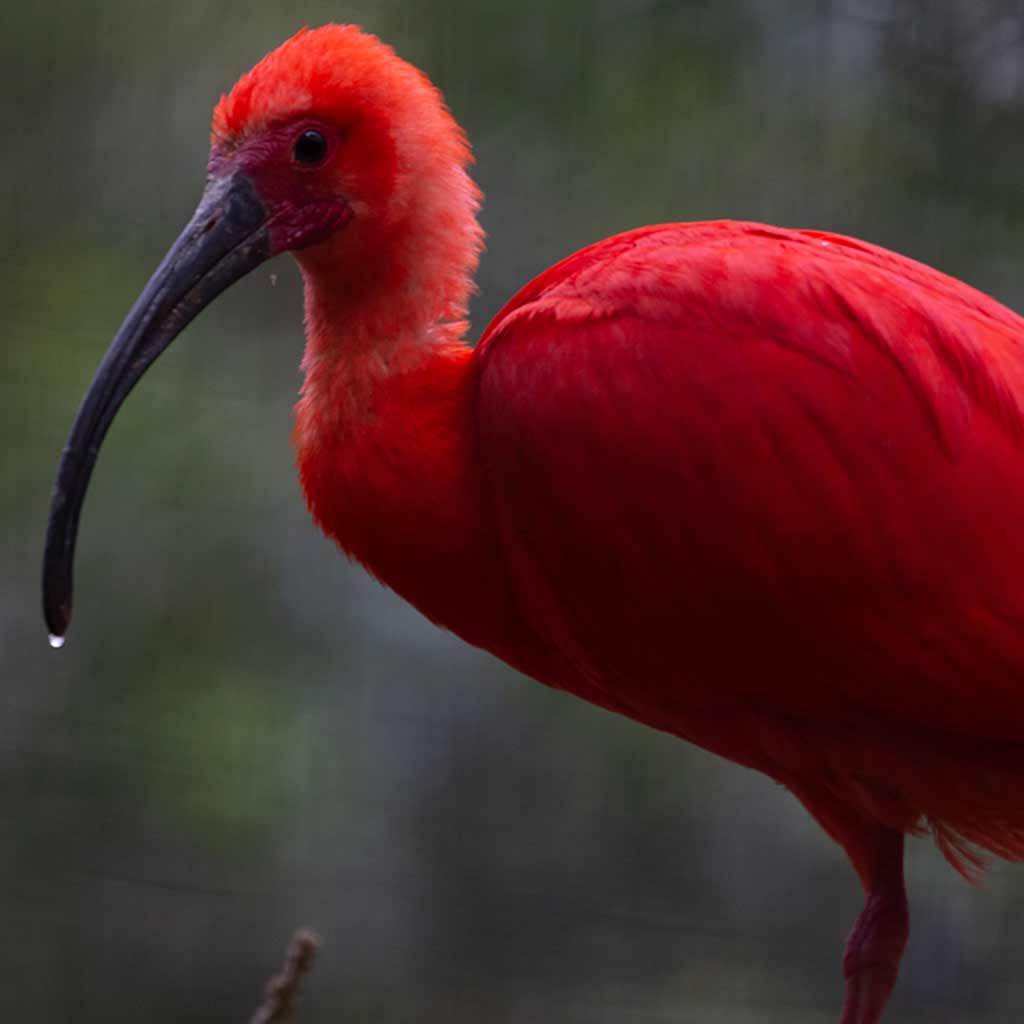 Scarlet Ibis(Eudocimus ruber) These brilliantly-hued waders live in wetlands and marshes across South America and the Caribbean Islands. Scarlet ibises are gregarious by nature, often forming flocks of 30 or more members. The scarlet ibis nests in trees well above the waterline as protection from potential predators.
Scarlet Ibis(Eudocimus ruber) These brilliantly-hued waders live in wetlands and marshes across South America and the Caribbean Islands. Scarlet ibises are gregarious by nature, often forming flocks of 30 or more members. The scarlet ibis nests in trees well above the waterline as protection from potential predators. -
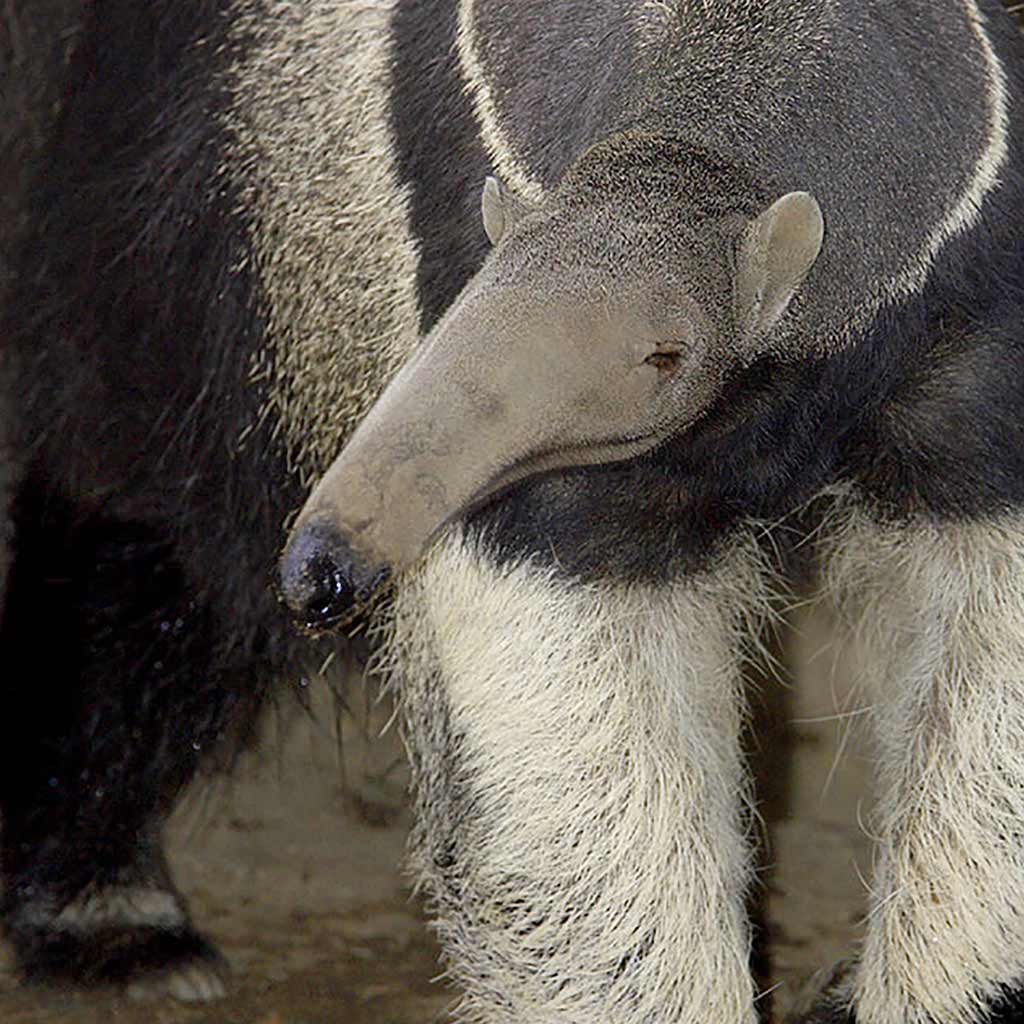 Giant Anteater(Myrmecophaga tridactyla) The largest of all anteaters and sloths, giant anteaters live on the ground rather than in trees. They shelter in the forest and forage for food in more open grasslands. Their slender snouts house a sticky tongue up to 18 inches long, ideal for nabbing ants and termites from narrow spaces.
Giant Anteater(Myrmecophaga tridactyla) The largest of all anteaters and sloths, giant anteaters live on the ground rather than in trees. They shelter in the forest and forage for food in more open grasslands. Their slender snouts house a sticky tongue up to 18 inches long, ideal for nabbing ants and termites from narrow spaces. -
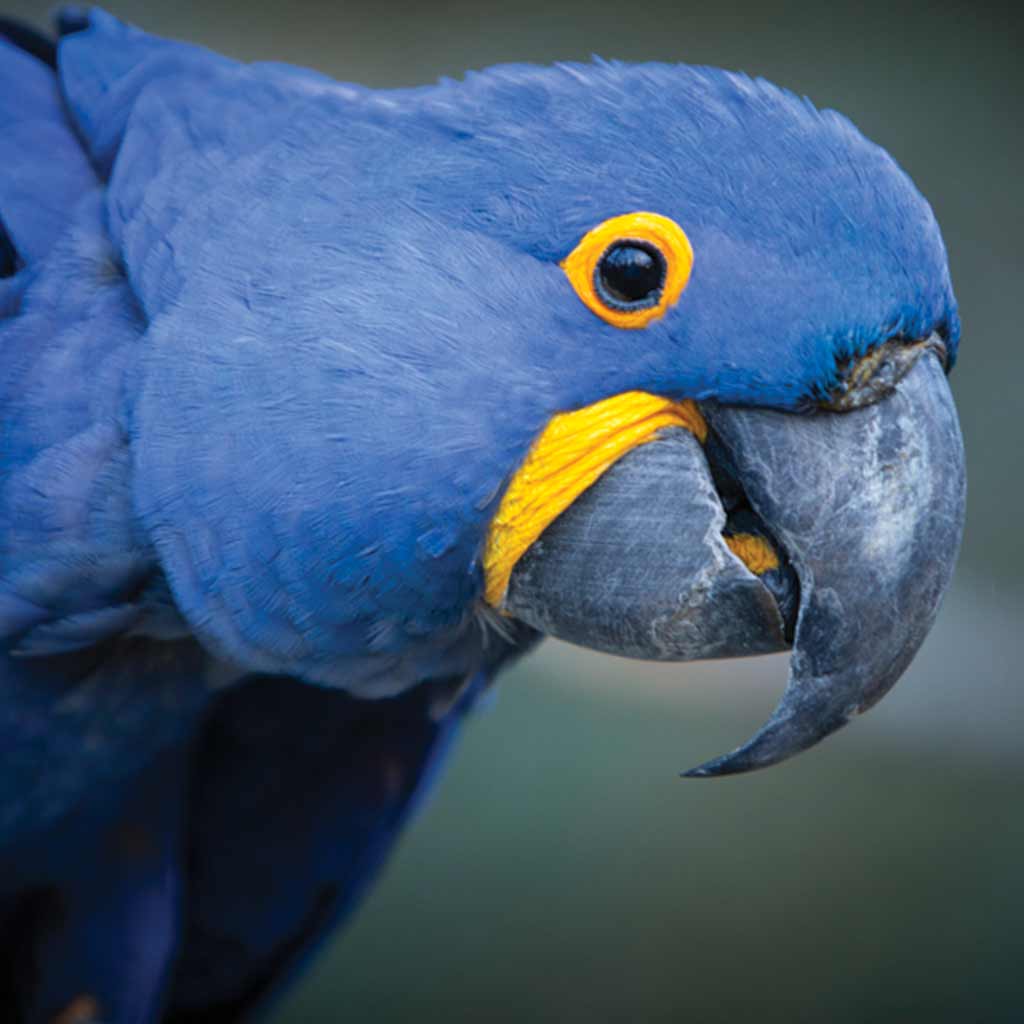 Hyacinth Macaw(Anodorhynchus hyacinthinus) This blue and yellow parrot is one of the rarest species in the forests of Brazil, Bolivia and Paraguay. Hyacinth macaws typically make their homes in semi-open areas such as in palm stands, on savannahs or along rivers. They use their strong beaks to feed on nuts, fruits and seeds.
Hyacinth Macaw(Anodorhynchus hyacinthinus) This blue and yellow parrot is one of the rarest species in the forests of Brazil, Bolivia and Paraguay. Hyacinth macaws typically make their homes in semi-open areas such as in palm stands, on savannahs or along rivers. They use their strong beaks to feed on nuts, fruits and seeds.
Amazon River’s Edge habitats are open!
Overview
As you make your way across the pedestrian bridge toward the South American region of the zoo, you will be greeted by dazzling and delightfully chatty macaws. These inquisitive birds are an excellent introduction to the splendors of Amazonian wildlife. Next, you’ll find one of the most endangered species of the forest, the cotton-topped tamarin and its cousin, the gold lion tamarin. As you stroll uphill, you will encounter some of the most magnificent birds in the world, from the noble king vulture to the resplendent scarlet ibis to the radiant sun conure. But don’t just look up. This is also home to the fascinating giant anteater.

